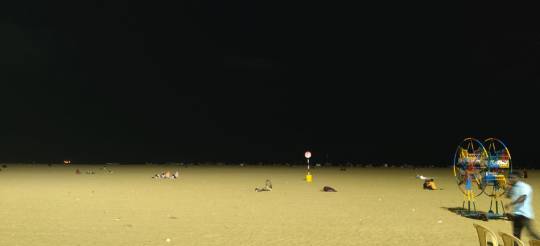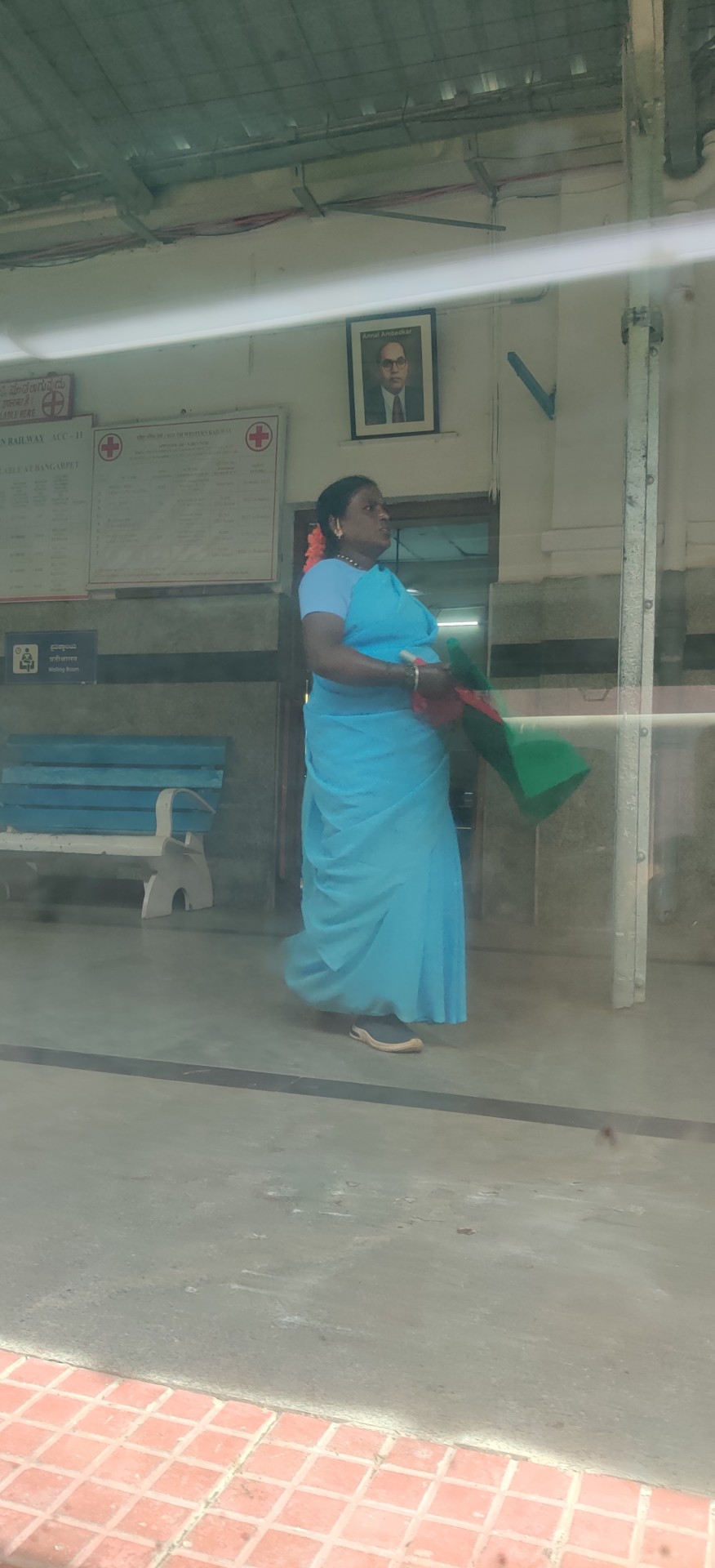#bay of bengal
Text

Photographer Joe Greer
65 notes
·
View notes
Text

Newborn olive ridley turtles (Lepidochelys olivacea) come out of their nest and crawl towards the Bay of Bengal in Bhubaneswar, India. Millions of baby turtles enter the bay every year at the start of summer
Photograph: NurPhoto/Shutterstock
#nurphoto#shutterstock#photographer#olive ridley turtle#lepidochelys olivacea#turtle#reptile#animal#nature#bay of bengal#bhubaneswar#india
51 notes
·
View notes
Photo
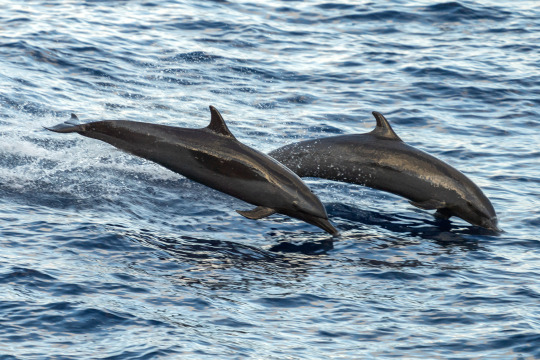
Offshore spotted dolphin Stenella attenuata attenuata
Observed by maksim_stefanovich, CC BY-NC
#Stenella attenuata attenuata#offshore spotted dolphin#Cetacea#Delphinidae#cetacean#dolphin#Indian Ocean#Bay of Bengal
22 notes
·
View notes
Text
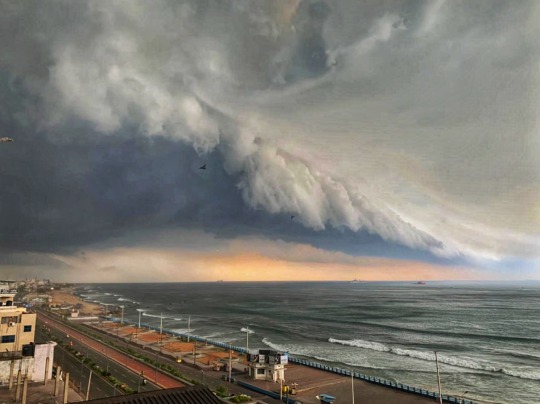
The Gods of Olympus are waging war above my city. Waves in the sky and in the oceans below.
#desiblr#sky#desi tumblr#peace and quiet#outdoors#photography#ocean aesthetic#beaches#seascape#ocean waves#storm clouds#storm#cloud aesthetic#cloudphotography#desitags#desi stuff#desi tag#oceanside#bay of bengal
25 notes
·
View notes
Link
“Over the last 40 years, small-holder farmers in Bangladesh have, using very simple methods, turned the dry Bengal Basin into one of the richest croplands on Earth where two to three rice harvests can be had per year.
They created a climate-resilient water system dubbed “The Bengal Water Machine” that has kept an underground reservoir topped up, even through extensive mechanized irrigation, by accumulating seasonal monsoon rains totaling a volume of 75 to 90 cubic kilometers of water... or if you’d prefer the figure in gallons, 23,775,484,712,233.00 (23.7 trillion).
This was found in a recent study, awaiting peer-review, that took one million water measurements from 465 separate wells between 1998 and 2018.
Compiled by Mohammad Shamsudduha, a data analyst and researcher at the Institute for Risk and Disaster Reduction, University College London, it shows that humanity doesn’t necessarily need expensive science-fiction technology to ensure that cropland can remain irrigated if climate change corresponds to more intense droughts in the future.
That’s because The Bengal Water Machine is made up of nothing more than regular old wells dug less than 300 feet down, which increase the capture of the May-October Monsoon rains and prevent them from draining into the Bay of Bengal.” -via Good News Network, 11/30/22
#bangladesh#bay of bengal#monsoon#farming#irrigation#climate change#climate resilience#good news#hope
50 notes
·
View notes
Text





इसके पहले मैंने कभी समुद्र नहीं देखा था। इस विशालकाय समंदर को, जिसकी न कोई शुरुआत है न कोई अंत है, उसे अपनी इन बाल-सुलभ आँखों से देखकर मैं निशब्द था। बालू में चहलकदमी करते हुए और आती हुईं लहरों के कोलाहल को सुनते हुए मैं सब कुछ भूल चुका था, अपनी सारी परेशानियाँ, सारी दुखद स्मृतियाँ, सारी अभिलाषाएँ! इन सारे राग द्वेष से मुक्त, मैं समुद्र के साथ एकीकृत हो चुका था, मानो उसमें विलीन हो गया हूँ, खो चुका था उस क्षण में! काश समय वहीं थम जाता ! काश मुझे असलियत में वापस न आना होता !
(📍somewhere in the Bay of Bengal)
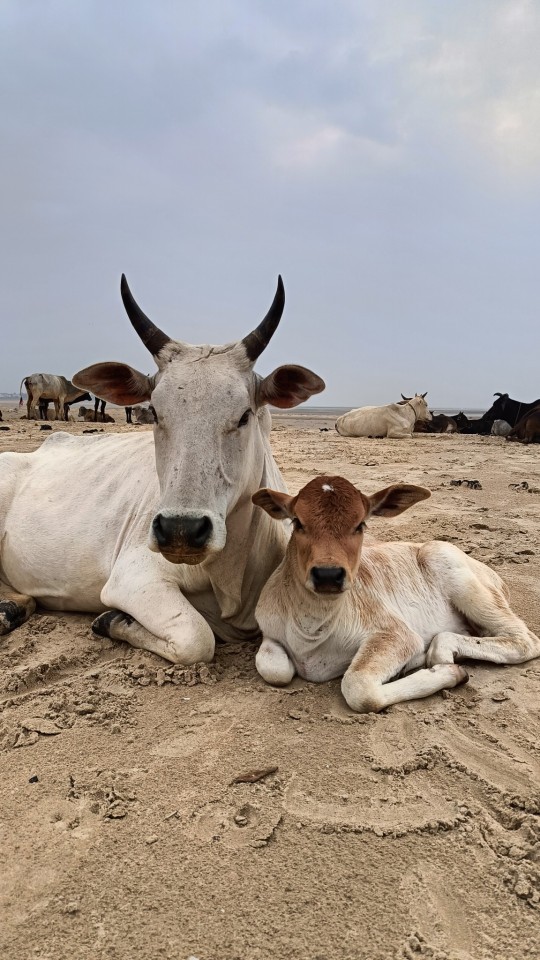
#heartbreak#depressing life#gay#depressing poem#heartache#letting go#fuck you#mental health#why did you leave#what do i do#beach#bay of bengal#desi blr#desiblr#desi tag#desi tumblr#desi core#desi stuff#desi academia#desi dark academia#desi life#desi shit posting#desi things#desi thoughts#desi
4 notes
·
View notes
Text
Island Escapes: Lakshadweep & Andaman
"Escape to Paradise: Embark on an Unforgettable Journey to the Pristine Waters of Lakshadweep and the Enchanting Charms of the Andaman Islands! 🌊🏝️ Let the Turquoise Waters and Sandy Shores Create Memories to Last a Lifetime! #IslandGetaway #Lakshadweep
Welcome, fellow wanderers, to a journey through two of India’s most enchanting destinations – the Lakshadweep and the Andaman Islands! These slices of paradise offer a perfect blend of sun, sand, and adventure. So, grab your sunscreen, and let’s dive into the turquoise waters of these mesmerizing archipelagos.
Lakshadweep: The Emerald Jewels of the Arabian Sea
Nestled in the pristine waters of…
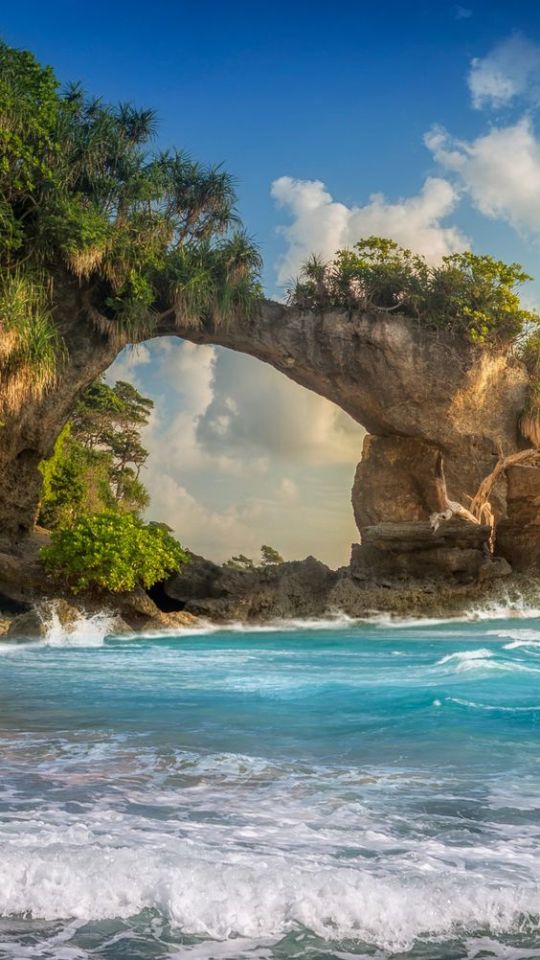
View On WordPress
#Andaman#BeachVacation#DreamDestinations#ExploreNature#IndianIslands#IslandEscapes#Lakshadweep#OceanGetaway#ParadiseFound#TravelGoals#TravelInspiration#TropicalAdventure#adventure#Agatti Island#Arabian Sea#art#asia#Bay Of Bengal#beauty#best beaches in Asia#biodiverse#Colorful Corals#destinatiion#Elephant Beach#etheral#Exotic#Exotic Birds#exotic wildlife#foodie#Havelock Island
4 notes
·
View notes
Text
2 notes
·
View notes
Text

i washed my sin off shore.
13 notes
·
View notes
Text
"Limitless and immortal, the waters are the beginning and end of all things on earth.” — Heinrich Zimmer


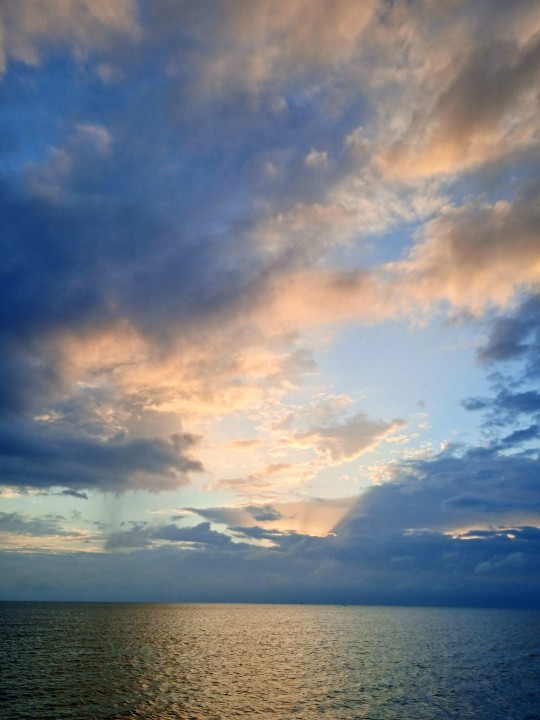
#oceanlover#india#tamilnadu#mobilephotography#sunrise#bay of bengal#nature#incredibleindia#enchanting tamilnadu#aesthetic#thondi#photography
10 notes
·
View notes
Text
There are many mechanisms by which zoonotic pathogens can acquire the ability to spread directly between people, severing the cord that binds them to their reservoir animals. Vibrio cholerae did it by acquiring the ability to produce a toxin.
The toxin was the vibrio's pièce de résistance. Normally, the human digestive system sends food, gastric and pancreatic juice, bile, and various intestinal secretions to the intestines, where cells lining the gut extract nutrients and fluid, leaving behind a solid mass of excreta to expel. The vibrio's toxin altered the biochemistry of the human intestines such that the organ's normal function reversed. Instead of extracting fluids to nourish the body's tissues, the vibrio-colonized gut sucked water and electrolytes out of the body's tissues and flushed them away with the waste.
The toxin allowed the vibrio to accomplish two things essential to its success as a human pathogen. First, it helped the vibrio get rid of its competitors: the massive torrents of fluids sloughed off all the other bacteria in the gut, so that the vibrio (clinging to the gut in its tough micro-colonies) could colonize the organ undisturbed. Second, it assured the vibrio's passage from one victim to another. Even tiny drops of that excreta, on unwashed hands or contaminated food or water, couldcarry the vibrio to new victims. Now, so long as the vibrio could get into a single person and cause disease, it could spread to others, whether or not they exposed themselves to copepods or ingested the vibrio-rich waters of the Sundarbans.
The first pandemic caused by the new pathogens began in the Sundarbans town of Jessore in August 1817 after a heavy rainfall. Brackish water from the sea flooded the area, allowing salty copepod-rich waters to seep into people's farms and homes and wells. V. cholerae slipped into the locals' bodies and colonized their guts. Thanks to the toxin, Vibrio cholerae's basic reproductive number, according to modern mathematicians, ranged from 2 to 6. A single infected person could infect as many as half a dozen others. Within hours, cholera's first victims were being drained alive, each expelling more than fifteen quarts of milky-white liquid stool a day, filling the Sundarbans' streams and waste pits with excreta. It leaked into farmers' wells. Droplets clung to people's hands and clothes. And in each drop, vibrio bacteria swarmed, ready to infect a new host.
The Bengalis called the new disease ola, for “the purge”. It killed people faster than any other disease known to humankind. Ten thousand perished. Within a matter of months, the new plague held nearly two hundred thousand square miles of Bengal in its grip.
Cholera had made its debut.
— Pandemic: Tracking Contagions, from Cholera to Ebola and Beyond (Sonia Shah)
#sonia shah#pandemic: tracking contagions from cholera to ebola and beyond#science#virology#epidemiology#ecology#microbiology#biology#human biology#history#medicine#medical history#colonialism#1817-1824 cholera pandemic#india#bay of bengal#sundarbans#jessore#vibrio cholerae#cholera#water
4 notes
·
View notes
Text
Mondarmoni, Bay of Bengal, India

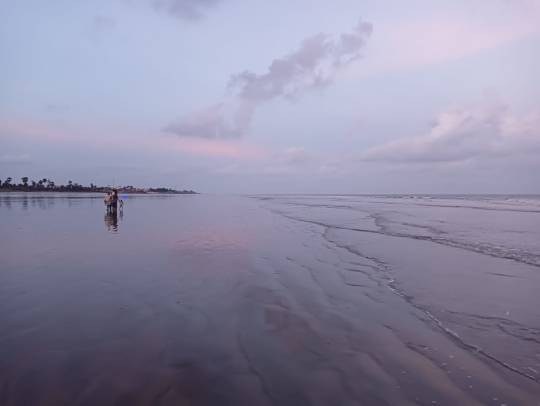


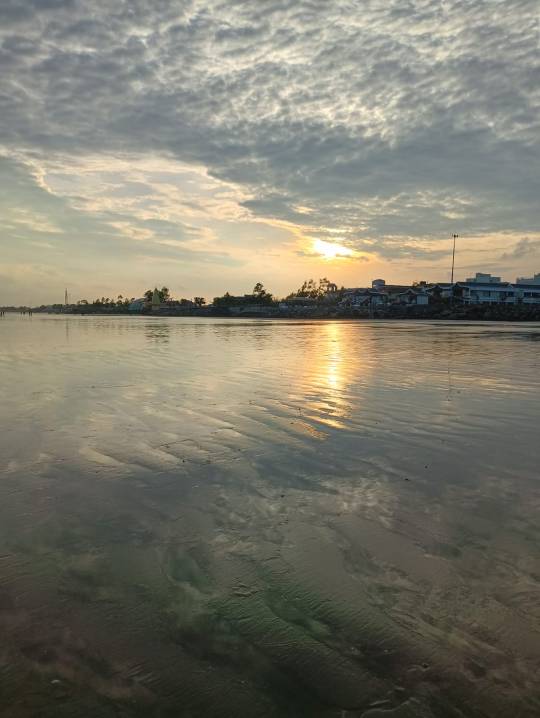
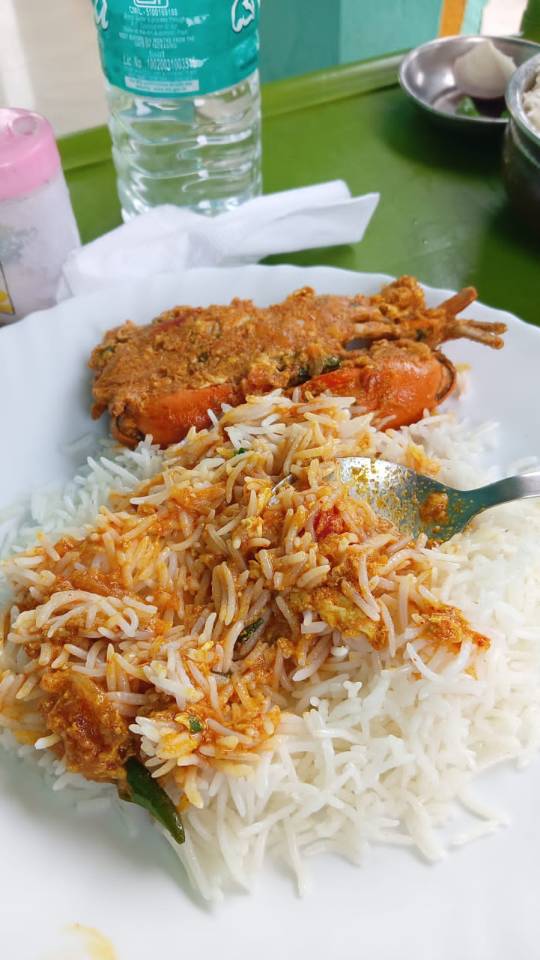
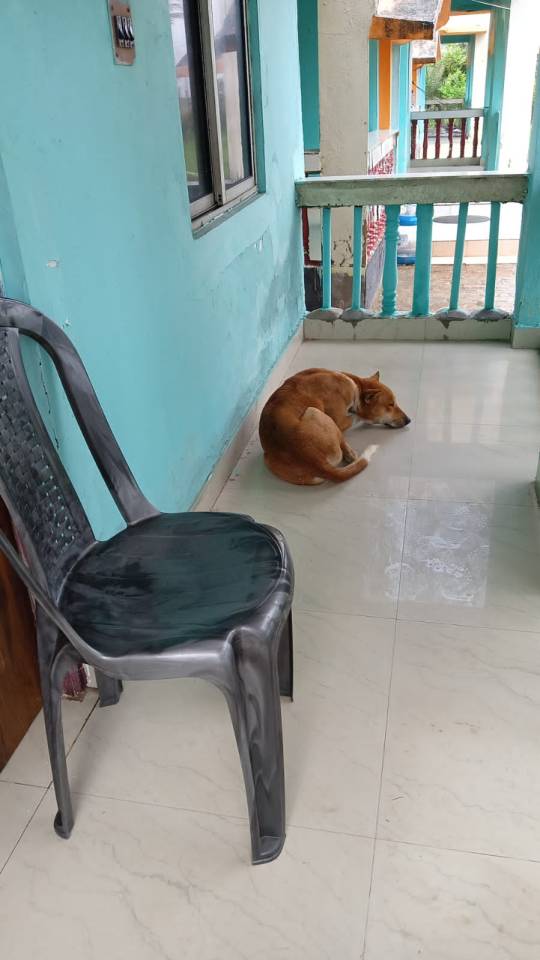
2 notes
·
View notes
Text

Kovalam Surf Festival.
Kivalam Beach. Tamil Nadu. India.
Photography: ©️Amaya Sánchez Photography
#original photography#@amayasld#india#photographers on tumblr#surf#kovalam#bluesky#clouds#bay of bengal#oceanlover
4 notes
·
View notes
Photo

The Gosthani River just a few meters before its confluence with the Bay of Bengal.
Despite the seemingly placid appearance of the surface - indeed an epitome of deceptive placidity - the water in truth had a very considerable velocity, precluding anything so foolhardy as attempting to wade, or - heaven forbid - swim across it.
One is reminded of the fact that in wilderness trekking, river and stream crossings kill more people than any other kind of natural calamity that might befall them on this terrain.
May 10, 2010. Bheemili, Andhra Pradesh.
#gosthani#river mouth#river#confluence#bay of bengal#placidity#dangerous#hidden danger#river crossing#foolhardy#foolish#velocity#water#danger#riverine#fluid mechanics#speed#drowning#risky#current#wading#swimming#lethal#andhra pradesh#Coastal Andhra#coastline#seashore#beach#bheemili
2 notes
·
View notes
Text
ALERT: Heavy rains in these districts till 15th of this month Repoted News..

Rains are falling in many districts of Andhra Pradesh due to the effect of the cyclone formed in the Bay of Bengal. Meteorological department officials said that these rains will fall till 15th of this month. Weather department officials said heavy rains will occur in Bapatla, Prakasam, Nellore, Annamayya, Chittoor, Sri Sathyasai, Tirupati and Kadapa districts today, while light to moderate rains are likely to occur in some parts of Kurnool, Nandyala, Anantapur and Chittoor districts.
#Heavy rains#Andhra Pradesh#cyclone formed#Bay of Bengal#Meteorological department#Bapatla#Prakasam#Nellore#Annamayya#Chittoor#Sri Sathyasai#Tirupati and Kadapa districts#Latest News#Telugu News#Repoted News
0 notes
